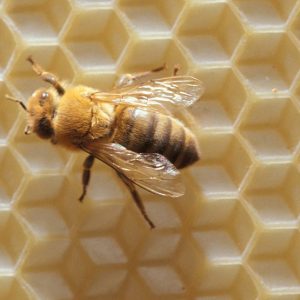 Honeybee, Official State Insect
Honeybee, Official State Insect
Entry Category: Science and Technology
 Honeybee, Official State Insect
Honeybee, Official State Insect
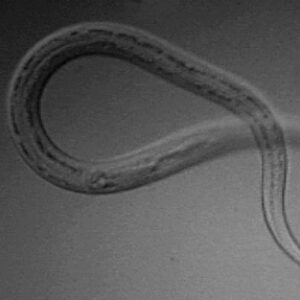 Hookworm Larva
Hookworm Larva
 Hookworm Life Cycle
Hookworm Life Cycle
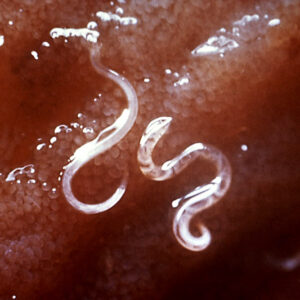 Hookworms in the Intestine
Hookworms in the Intestine
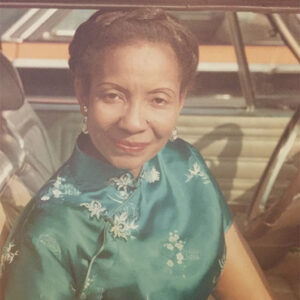 Dorothy M. Hoover
Dorothy M. Hoover
 Dorothy M. Hoover
Dorothy M. Hoover
Hoover, Dorothy M.
aka: Dorothy Estheryne McFadden Clarke Hoover
 House Finch
House Finch
 John W. Huddleston
John W. Huddleston
Huddleston, John Wesley
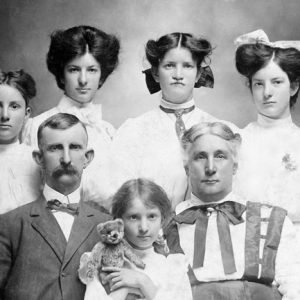 John Huddleston with Family
John Huddleston with Family
Hunter, Carl Glenn
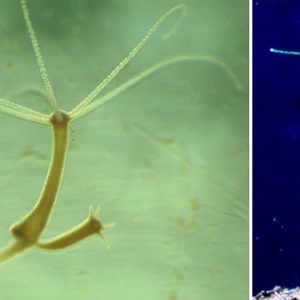 Hydra
Hydra
Hydroelectricity
 Hymenoptera
Hymenoptera
Hymenoptera
aka: Ants
aka: Bees
aka: Wasps
Ictaluridae
aka: Catfishes
aka: Bullheads
aka: Madtoms
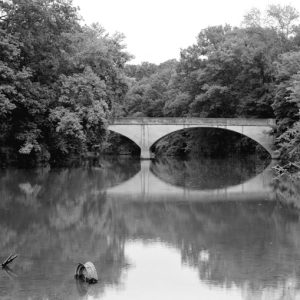 Illinois River Bridge
Illinois River Bridge
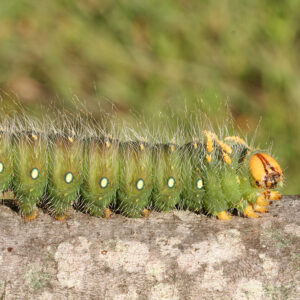 Imperial Moth Larva
Imperial Moth Larva
Information Galore
aka: Infogo
Insects
Instructional Microcomputer Project for Arkansas Classrooms (IMPAC)
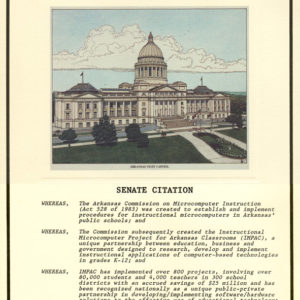 IMPAC Senate Citation
IMPAC Senate Citation
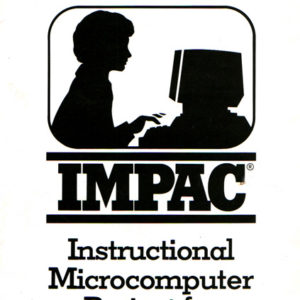 IMPAC Logo
IMPAC Logo
Invasive Animals
aka: Alien Animals
 Invasive Arthropods
Invasive Arthropods
 Invasive Ferns and Forbs
Invasive Ferns and Forbs
 Invasive Grasses
Invasive Grasses
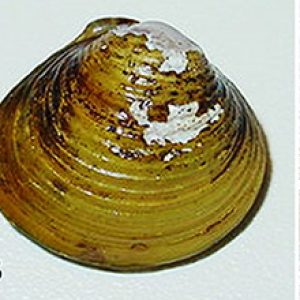 Invasive Invertebrates
Invasive Invertebrates
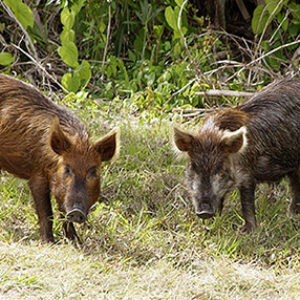 Invasive Mammals
Invasive Mammals
Invasive Plants
aka: Exotic Plants
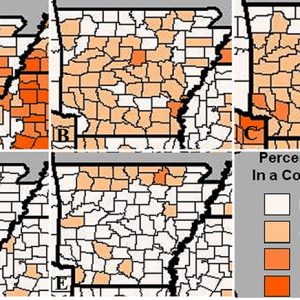 Invasive Shrubs
Invasive Shrubs
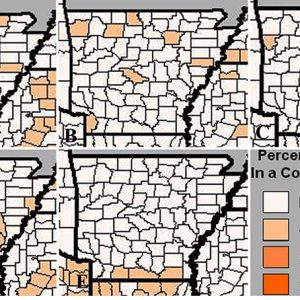 Invasive Trees
Invasive Trees
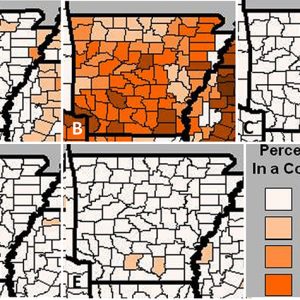 Invasive Vines
Invasive Vines
Irons Fork Experimental Forest
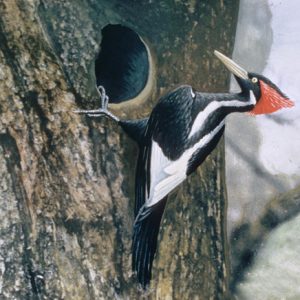 Ivory-billed Woodpecker
Ivory-billed Woodpecker
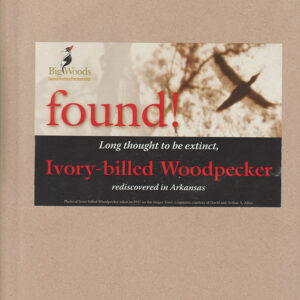 Ivory-billed Woodpecker Press Packet
Ivory-billed Woodpecker Press Packet
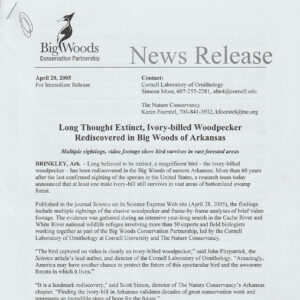 Ivory-billed Woodpecker Press Release
Ivory-billed Woodpecker Press Release
Ivory-billed Woodpeckers
aka: Campephilus principalis
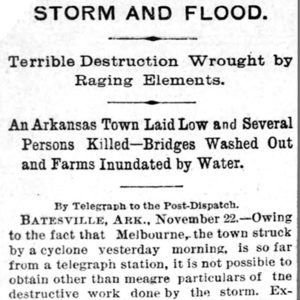 Izard County Tornado Article
Izard County Tornado Article
Izard County Tornado of 1883
James, Douglas Arthur
 Jumping Bristletails
Jumping Bristletails
Jumping Bristletails
aka: Archeognatha
aka: Microcoryphia
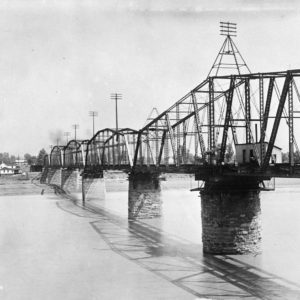 Junction Bridge
Junction Bridge
 Junction Bridge
Junction Bridge
Junction Bridge
 Junction Bridge
Junction Bridge
 Junction Bridge
Junction Bridge
 Junction Bridge Entrance
Junction Bridge Entrance




